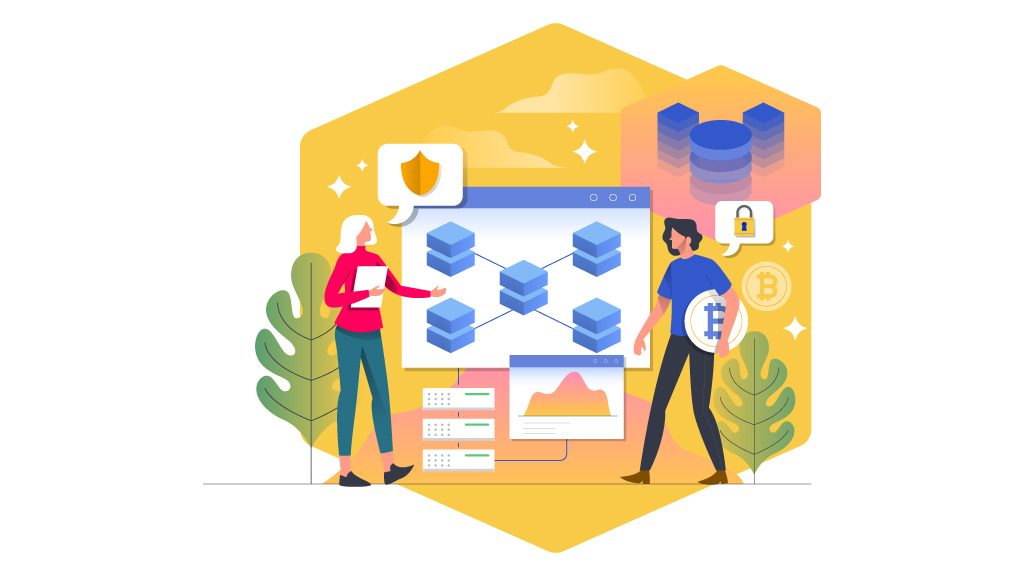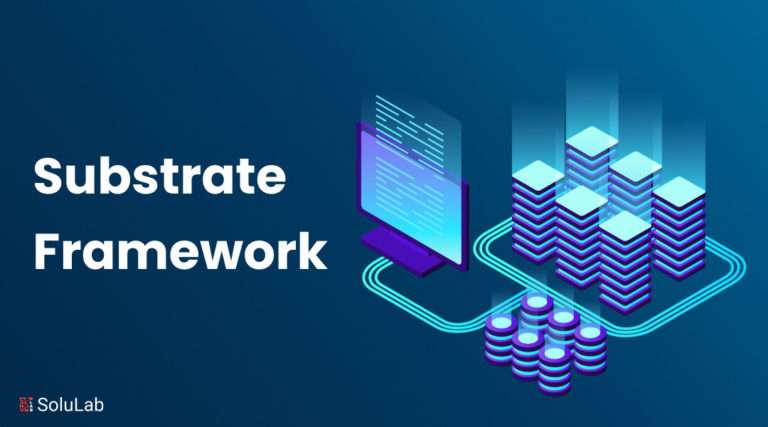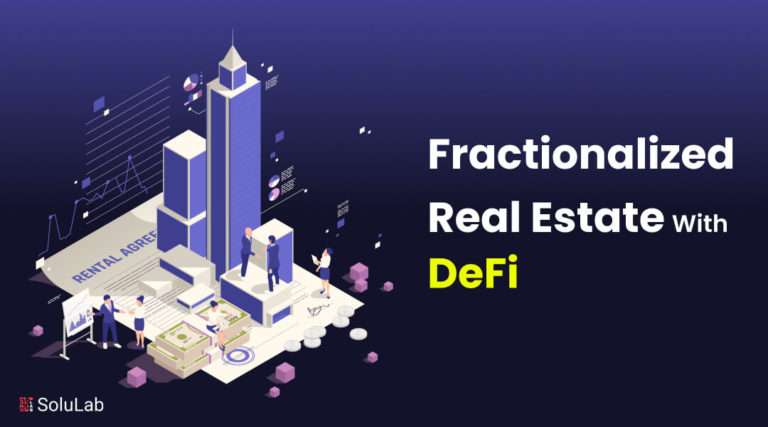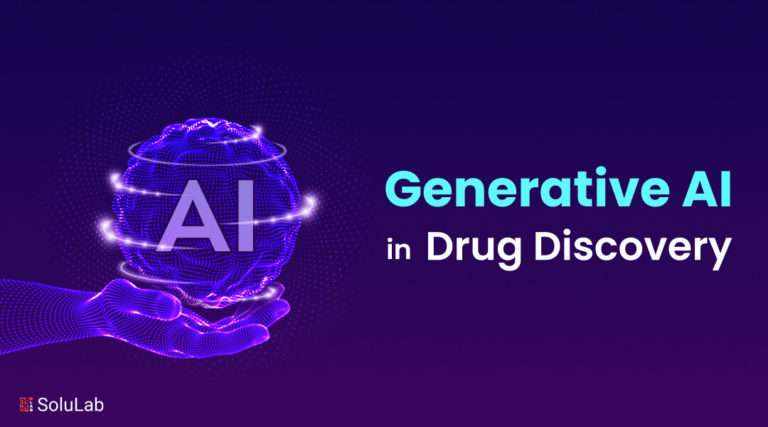
At its most basic level, blockchain is literally just a chain of blocks, but not in the traditional sense of those words. The recent hype around this relatively new technology is real because distributed ledger technology, in essence, represents a new paradigm for how information is shared; tech vendors and enterprises, not surprisingly, have rushed to learn how they can use the distributed ledger technology to save time and admin costs.
The term Blockchain was first introduced by Satoshi Nakamoto in 2008. He came up with the idea of creating a digital platform for the exchange of money without involving a central authority, and hence, the concept of Bitcoin was introduced in 2009. Since all the information and transactions are stored cryptographically, Bitcoin was termed as a cryptocurrency. It essentially provided a platform for people around the world to engage in transactions and be a part of the blockchain. The value of whatever is stored in the blockchain can be accessed by anyone in the world. Naturally, you have to use a public/private key to access that section of the blockchain. The key created by you cryptographically in order to edit the blockchain can only be applied to access the block you “own”. By using the blockchain system, Bitcoin was the first digital currency to allow financial transactions without a central authority. It also solved the problem of double-spending which was organic to physical currency.
Blockchain is a distributed ledger, which means that the database of all the transactions is available to all those who are a part of the blockchain network. Once you are a part of the network, you’ll be notified whenever a new block is added or a change is made in the existing block. The addition or the change carries forward only if the majority of the users on the network identify it as a valid transaction. It maintains a growing list of records, called blocks. Each block has a timestamp and is linked to the previous block through a hash value. The hash value is a value assigned to each block to facilitate storage and identification of the block. It is generally a combination of alphabets and symbols in a specific order. It makes sure that everyone’s copy of the distributed database remains in sync. Because of the decentralized nature of blockchains, replacing this even for a fraction of the financial services sector, which is the largest industry by market capitalization, could result in a huge disruption of the sector but also increase efficiencies.
How does Blockchain work?
There are three important aspects that make up a blockchain: a record, a block, a chain.
- A record can be any information, for example, a deal or a transaction between two parties.
- A block is a bundle of records put together. Usually, they share some common features or characteristics.
- A chain is formed when all the blocks are linked together.
Whenever a block is created, a hash value is assigned to it. A hash value is created by a mathematical function that takes digital information and generates a string of letters and numbers from it. Each block contains the data, a hash value, and the hash value of the previous block. This is the reason why a change in the hash value, which arises with any interference with the data, causes all the succeeding blocks to have invalid hash value.
Let us take a closer look at two important characteristics of hash values:
- First, no matter what the size of the original file is, a hash function will always generate a hash of the same length, irrelevant to vast variations in the file sizes.
- Second, any change in the original input will generate a new hash. The next block still has the value of the old hash, (except the first block, also known as the genesis block) so to restore the chain a hacker would have to recalculate that and the next, and so on. Recalculating all those hashes would take an enormous amount of computing power.
How Secure is Blockchain?
Very secure. Based on a peer-to-peer (P2P) topology, blockchain is a distributed ledger technology (DLT) that allows data to be stored globally on thousands of servers – while letting anyone on the network see everyone else’s entries in near real-time. That makes it difficult for one user to gain control of, or game, the network. Also, after a block has been added to the end of the blockchain, it is very difficult to go back and alter the contents of the block.
Unlike traditional ledgers, a blockchain database is decentralized and has no master. Without centralized control of power, trust becomes an issue. One solution to this is to give only the people you trust access to the blockchain, i.e. by sharing the private key to only those whom you want to keep in the chain. But blockchain such as the Bitcoin network is open to everyone and members are anonymous. There is no way to verify their authenticity. To resolve this, computers set tests for the computers that seek to join and add records to the chain. The tests are called consensus models.
What is the Consensus model?
All the computers on the blockchain network, keep a copy of the full blockchain, so if one block or one complete chain at a particular computer or multiple computers is modified, the whole network tries to compare it with their own copies of the full chain.
If the majority of the nodes (or computers) on the network find that the modified chain is invalid, the modified chain is replaced with a valid chain from other nodes. This makes Blockchain vulnerable to a 51% attack. In simpler words, if more than 50% of the nodes on the network are malicious (or say have a modified chain), then the whole network can be compromised. This can also be explained with ‘proof of work’. In the proof of work system, computers must “prove” that they have done “work” by solving a complex computational math problem. If a computer solves one of these problems, they become eligible to add a block to the blockchain. But the process of adding blocks to the blockchain, what the cryptocurrency world calls “mining,” is not easy.
To solve complex math problems at those odds, computers must run programs that cost them significant amounts of power and energy. Proof of work does not make attacks by hackers impossible, but it does make them somewhat useless. However, in highly publicized incidents over the five years, blockchains have been hacked. Smaller blockchains with fewer nodes (or computers) have also been susceptible to fraud, with would-be thieves gaining control of the majority of nodes.
For businesses, however, blockchain holds the promise of transactional transparency – the ability to create secure, real-time communication networks with partners around the globe to support everything from supply chains to payment networks to real estate deals and healthcare data sharing.
The added advantage of the blockchain system is something known as ‘Smart contracts’. The term was first used by Nick Szabo in 1997. A smart contract is a self-executing contract with the terms of the agreement between buyer and seller being directly written into lines of code. The code and the agreements contained therein exist across a distributed, decentralized blockchain network. The code controls the execution, and transactions are trackable and irreversible.
Smart contracts permit trusted transactions and agreements to be carried out among disparate, anonymous parties without the need for a central authority, legal system, or external enforcement mechanism.
Application of Blockchain
Blockchain is a technological advance that has wide-reaching implications that will not just transform the financial services but many other businesses and industries.
Initially, when the blockchain system was introduced, it was used as a Bitcoin or a form of cryptocurrency. Further research by professionals shows that it can be potentially applied to various sectors including financial technology, healthcare, global shipping, and mobile payments. It can be used to store any kind of digital data. Smart contracts could be used to create fraud proof voting systems, resistant censorship information by regulating intellectual property, controlling how many times a user can access, share, or copy something.
One of the major problems that has been witnessed with blockchain is scalability or its ability to complete transactions in real time. In today’s blockchains, each authenticating computer or node records all the data on the electronic ledger and is part of the consensus process. In large blockchains such as bitcoin, the majority of participating nodes must authenticate new transactions and record that information if they are to be added to the ledger; that makes completing each transaction slow and arduous.
Many universities and researchers are finding out new ways of spreading out data storage and achieving greater scalability. While some industry groups are working toward standardizing versions of blockchain software, there are also hundreds of startups working on their own versions of the distributed ledger technology. While it has great potential, blockchain technology development is still in its initial stages, businesses should expect setbacks in deploying the technology, including the real possibility of serious bugs in the software used in the blockchain system. And as some companies have already discovered, it’s not the be-all solution to many tech problems.





